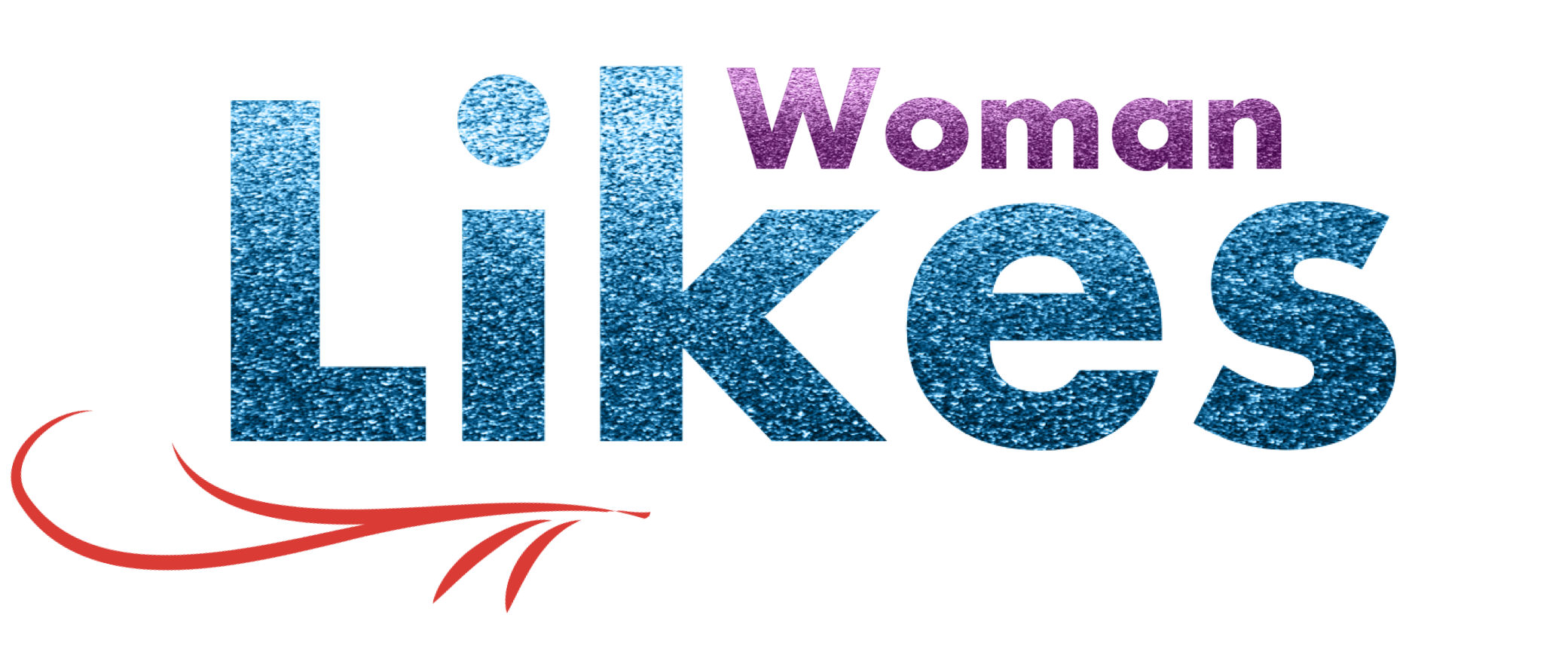
You’ve probably heard that a Woman is born with one X chromosome. But did you know that they also have a uterus? Do you know that women are the only creatures who can produce live children? Read on to learn more about what makes a Woman special. Here are some of the most important traits that make a woman great! And don’t worry if you don’t know these traits yet, just know that these characteristics are a great sign of a good woman!
Women are born with only one X chromosome
Men and women have two X chromosomes, while females have one. Geneticists call this mosaicism, and it may explain why females are more likely to develop certain genetic conditions and suffer from a higher prevalence of other conditions. It may also help explain why women are more likely to have certain behavior patterns. The findings are detailed in a special communication published in JAMA on March 22/29.
The X chromosome contains over 100 genes, and the genes work best when they are together. Since different women have different numbers of X-linked genes, the number of cells that express each gene varies. That’s why some women have more than one X chromosome while others have only one. However, these women still have the same number of genes, so the duplication process is not as complex as that of men.
Despite this common occurrence, there is no definitive cause for monosomy X. However, it may be due to a meiotic error in the father. The father is also likely to carry the functional X chromosome, but the other X chromosome is missing. A diagnosis of Turner syndrome requires amniocentesis or chorionic villus sampling, which are two procedures that can be done to determine the cause of the condition.
They have a uterus
Historically, women have had a womb, but they also have a uterus. In fact, many ancient cultures believed that women have two wombs. The uterus was thought to be the origin of female diseases, including the onset of menstruation. Menstruation was considered the salvation of women, especially young girls who were still developing before they reached the age of puberty. In the middle ages, many people believed that the womb had two separate cells. The term hysteria came from this idea.
The uterus is a tube-like organ found inside the body. It contains a passageway about as wide as a sewing needle. At the end of the tube, a fringed part looks like a funnel, but it does not attach to the ovary. Hairs on the lining of the fallopian tube push the eggs toward the uterus. During childbearing, a woman’s uterus is about three inches long and two inches wide.
A woman’s uterus varies in shape and size depending on the stage of pregnancy. It’s larger than the cervix, and is often the result of female sex hormones. There are two main types of uterus: bicornuate and retroverted. Women with bicornuate uteri don’t usually experience symptoms, but they may have difficulty carrying their babies to term. Some women may even experience symptoms of endometriosis or infection if their uterus is retroverted.
They have a reproductive organ
The female reproductive system is comprised of various parts, including the uterus, ovaries, and fallopian tubes. They are responsible for the health of a woman throughout her life, and undergo many changes during her menstrual cycle. During puberty, the female reproductive system undergoes considerable change, while during pregnancy, it undergoes further changes to accommodate the growing fetus. The reproductive anatomy of women plays a crucial role in their overall health and well-being, and is responsible for the creation of hormones that affect sexuality and reproduction.
The female reproductive system contains the uterus, ovaries, fallopian tubes, cervix, and mons pubis. The ovaries are the source of a woman’s egg cells, and the vagina is the inner passageway to the cervix. The fallopian tubes are paired passageways that connect the ovaries and the womb. The ovaries produce sex hormones in the female body, and are responsible for fertilizing eggs.
The female reproductive system has several individual parts. The ovary contains the follicles which are the basic unit of the reproductive system. The ovary produces the female ovum, and the ovaries produce the female ova. The vagina and ovaries serve as a reproductive organ during pregnancy and parenting. The vulva is the junction of the vagina and the uterus, which includes the labia, the clitoris, and the urethra. The vulva contains the oviducts, uterus, and labia and is lubricated by Bartholin’s glands.
They have a reproductive system
The female reproductive system is comprised of the uterus, ovaries, fallopian tubes, cervix, and vagina. The ovaries are responsible for producing the egg cells and transporting them to the sperm. The uterus is where the fertilised egg implants and grows into a baby or foetus. The vagina is the tube that connects the uterus to the external reproductive organs.
Hormones control the reproductive system. These hormones travel through the blood, some of which come from the pituitary gland in the brain. Some hormones are produced by the reproductive organs themselves, while others are produced by the ovaries. Hormones related to pregnancy are produced by the reproductive organs, signaling the uterus to produce an egg and the breasts to produce milk. Although women have an internal reproductive system, there are many diseases and conditions that affect these organs.
The ovaries are the basic unit of the female reproductive system. They contain all of a woman’s eggs throughout her life, and release the mature egg once a month. The ovaries also produce the female sex hormones known as progesterone and estrogen. Other important organs of the reproductive system include the vulva, which is located outside of the vagina and is used for birth and breastfeeding.
They have an ovary
An ovary is a small organ in a woman’s pelvis. They are attached to the uterus on both sides near the opening of the fallopian tube. They produce an egg, called an oocyte, that is fertilized by sperm. The ovaries produce the female hormones and regulate reproductive processes. A woman has two ovaries, one on each side. The ovaries are responsible for regulating a woman’s monthly menstrual cycle.
Each ovary is located on the side of the uterus. The ovary produces female hormones, which are responsible for many important female traits. These hormones play a critical role in a woman’s appearance, body shape, hair growth, fertility, and menstrual cycle. There are two ovarian glands in a woman, one on each side. When one is damaged, it can cause pain, vomiting, fever, or even infertility.
The ovaries are located in the lower belly and are responsible for producing both estrogen and progesterone. They play an important role in the development of the baby. They also play a key role in a woman’s menstrual cycle and the development of her breasts. The ovaries are attached to the sides of the uterus, but the fallopian tubes are separate from them. These two organs work together to produce an egg for the developing baby.
They have a cervix
What is a cervix? The cervix is an opening in the female reproductive system that attaches the uterus to the vagina. It is a 4 centimetre-long sac that projects 2 centimetres into the vagina’s upper cavity. The opening in the cervix is known as the external os. In addition to allowing blood to exit the vagina during menstruation, the cervix also contains glandular cells that produce mucus. Mucus protects the cervix from bacteria and keeps it in good shape.
The cervix is a tube-shaped neck of tissue that connects the vagina with the uterus. Women normally have a cervix, although some suffer from conditions such as intersex or DSD, and women who have undergone surgery, such as a hysterectomy, may have one removed. The answer to the question “Do women have a cervix?” is best answered by speaking to your doctor.
Labour Party conference in Brighton has become a focus for the transgender rights debate following an attack on the party’s leader, Rosie Duffield, for saying that only women have a cervix. The tweet was criticised by transgender rights activists, who claim it is transphobic. Duffield has not attended the Labour party conference in Brighton following the transphobic attacks, and the Labour leader has called for a mature debate. While a transgender MP has refused to attend the Labour party conference, she has received death threats. In response to the tweet, Sir Keir Starmer urged people to remain calm and respect transgender rights activists.







